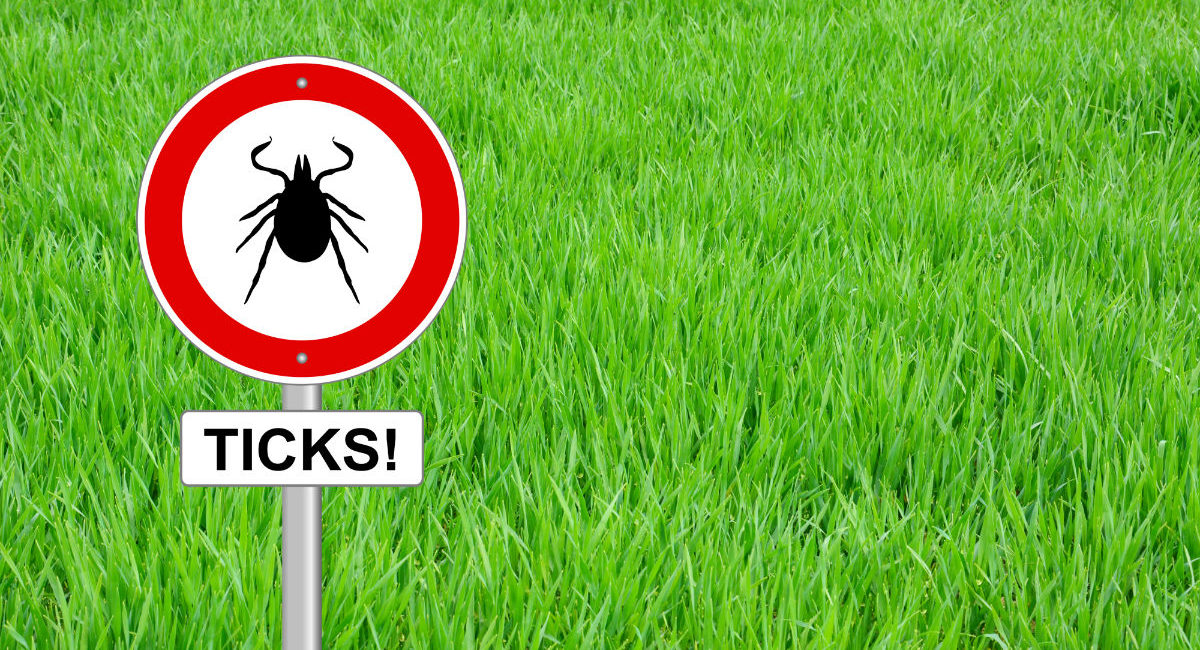There is no denying the benefits of having dogs and cats in our life, but as is true with all things, there are many downsides that some owners are unaware of such as diseases that can be passed on to humans. One crucial factor that is usually overlooked is the possibility of catching a disease from your pet. While the chance of this occurring is quite low, it only makes sense for owners to be aware of conditions that can be passed from dogs and cats to people. I have listed below a few of the most common:
1.Cat-scratch disease is a bacterial disease that people can get after being bitten or scratched by a cat. About half of cats will carry this bacteria at some point in their lifetime, although kittens younger than one year of age are most likely to take it. Most cats with this infection show no signs of illness; it is a hidden disease. People who are bitten or scratched by an affected cat may develop a mild infection days later at the site of the wound or bite. If not cleaned and treated correctly the infection can worsen and cause fever, headache, poor appetite, and exhaustion. Later, the person’s lymph nodes closest to the original scratch or bite can become swollen, tender, or painful. Seek medical attention if you believe you have the cat-scratch disease. When bitten it is an excellent idea to highlight the area with a marker and keep an eye out for the infection as it travels and the city gets red and hot to the touch.
2. Giardia is a parasite that causes diarrhea in animals and people. Giardia is transmitted to animals and people through food or water contaminated with stool. Symptoms for animals and people include diarrhea and dehydration. People can also have abdominal cramps, nausea, and vomiting. Symptoms can last for weeks.
3. Leptospirosis is a bacterial disease of people and animals that is transmitted through contaminated water and urine or other body fluids from an infected animal. It is difficult to detect early stages of leptospirosis in animals, but the disease can lead to kidney and liver failure if left untreated. People who become infected with leptospirosis might not have any signs of the disease. Others will have nonspecific flu-like signs within 2-7 days after exposure. These symptoms usually resolve without medical treatment but can reappear and lead to more severe disease
4. Ringworm is a condition caused by a fungus that can infect skin, hair, and nails of both people and animals. Ringworm is passed from animals to people through direct contact with an infected animal’s skin or hair. Cats and dogs infected with ringworm typically have small areas of hair loss and may have scaly or crusty skin, but some pets carrying ringworm have no signs of infection at all. Young animals are most commonly affected. Ringworm infections in people can appear in almost any area of the body. These infections are usually itchy. Redness, scaling, cracking of the skin, or a ring-shaped rash may occur. If the disease involves the scalp or beard, hair may fall out. Infected nails become discoloured or thick and may crumble.
5. Toxocara roundworms cause a parasitic disease known as toxocariasis. Cats, dogs, and people can become infected by swallowing roundworm eggs from the environment. Pets can also become infected as youngsters through their mother’s milk or while in utero. Infected puppies and kittens usually do not seem very sick. Those that do may have mild diarrhea, dehydration, rough coat, and a pot-bellied appearance.
In people, children are most often affected with roundworm. There are two forms of the disease in people: ocular larva migrans and visceral larva migrans. Ocular larva migrans happens when the larvae invade the retina (tissue in the eye) and cause inflammation, scarring, and possibly blindness. Visceral larva migrans occurs when the larvae invade parts of the body, such as the liver, lung, or central nervous system. Toxoplasmosis is a parasitic disease that can spread to people and animals through contaminated soil, water, or meat, and from contact with stool from an infected cat. Cats are the primary source of infection to other animals but rarely appear sick. Most healthy people who become infected with Toxoplasma show no signs or symptoms. However, pregnant women and people who have weakened immune systems may be at risk for serious health complications.
Written by Deidre George, CCS



